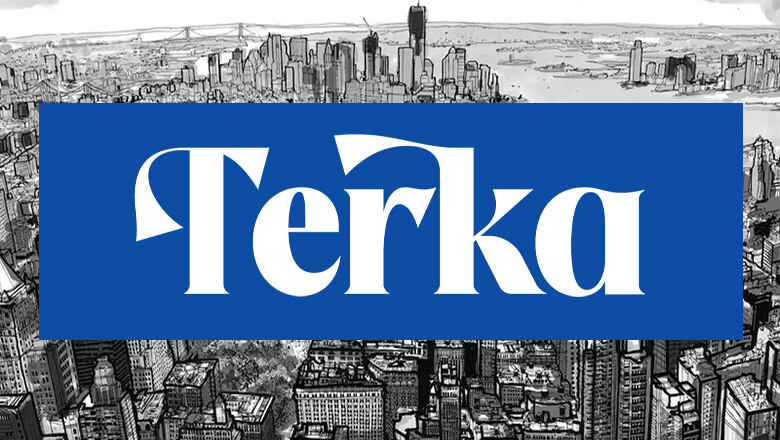
views
window._taboola = window._taboola || [];_taboola.push({mode: 'thumbnails-a', container: 'taboola-below-article-thumbnails', placement: 'Below Article Thumbnails', target_type: 'mix' });Latest News
Daryl Cagle isn’t a name that would ring a bell amongst most people, if not all. Yet, cartoonists and caricature artists, primarily those familiar with US news bodies, would be a more enthusiastic lot.
Founder of the syndicate (and no, not the mafia), Cagle Cartoon Inc., Daryl is an American editorial cartoonist who’s been in the business for about three decades.
What perhaps sets him apart though, is the concept of the syndicate which gives attached artists access to the 850 newspapers that subscribe to them, though Cagle is the cartoonist for NBCNEWS. com (formerly known as MSNBC.com).
Currently touring India as part of the US State Department’s Speakers Programme, Cagle tells us about his ‘art’, how cartoons could be more effective than a hard-hitting news story and why the President should feature more in the editorial cartoons.
Cagle Cartoons Inc Though the syndicate came about in 2001, Cagle says that political cartooning was not the beginning for him. “Political cartooning is a second cartooning career for me.
I started back in 1978 and worked with Jim Henson’s Muppets for about 15 years, following which, I also did work for magazines and advertising. ” Having tried his hand at being a toy inventor, making cartoony toys, Cagle’s chirpy demeanour isn’t just evident in his style of speech, it comes through in his sketching as well, using a flair of colours and drawing quirky faces.
When he finally did come about to his current editorial content, he devised the syndicate, which almost functions like a library. “Newspapers subscribe to the syndicate, from which they can choose between the various cartoons and cartoonists.
The choice is wide for them. We don’t really know which ones get picked up until they get published,” he says. Currently, more than 850 newspapers from across the United States, Canada and Latin America pick up their drawings from his syndicate.
“We hope to have a more global audience, but there is a difference in culture and sensitivities that make that difficult. Though, we do have an Indian cartoonist on board,” he reveals. Caricature on India Coming for the first time to the country, Cagle is struck by the typical awe most westerners feel.
In one of his posts on his website, he says, “I can’t stand the political conventions and I don’t understand why the media goes along with presenting day-long commercials for the candidates (with reference to the 2014 US Presidential election’s campaign).
I’ve had enough of it - so it seemed like a good time to head off for India. ” Ask him why India and he says, “I don’t understand the country. There is so much here on such a large scale. I see the rich live in close proximity to the poor and the poverty is so dramatic.
But I don’t know enough for my opinion to be worthwhile, which is why I haven’t drawn any cartoons on India yet.
” In the four days that he has been in the country, Cagle has already visited Mumbai, Raipur, Agra and Delhi.
“It’s been a whirlwind journey. I really don’t know where I’m heading next. So far I’ve addressed students at the Sir JJ Academy for applied arts.
They were a very intently listening to what I was saying and seemed to understand, but I don’t get why they didn’t really respond. But I’ve seen their work and they are very talented,” he shares. Like any typical western tourist, Cagle has visited the Taj Mahal. But he also happened to visit Rudyard Kipling’s house.
So what stands out most for him? “Well, it’s been only a few days so there’s so much more to see, but I don’t think the two weeks I’m here will be enough.
But the taxis are quite something; how they speed into the traffic and the vehicle ahead, just missing pedestrians and cows, swerving away from impact,” he laughs.
He’s seen the tourist spot, the poverty and the taxi. What about Indian politics and the media? “I don’t know enough for my opinion to matter. But I’m struck by the media’s taboo to not draw cartoons of the President. I know the post is just nominal, but it also seems to be a taboo in China and Cuba.
The Prime Minister of course is torn to shreds, and he is the main chap,” he opines. Emphasising that the kind of cartoons drawn are a barometer for the amount of freedom media enjoys, he feels the government should have absolutely no hand whatsoever in the media.
“You should be able to draw what you feel like. Religion again is a very skirted around issue,” he points out. Version 2. Despite the traditional medium of paper giving way to the online media, Cagle is very comfortable with the shift.
Pointing out that the audience is larger than ever, he says, “Cartoonists are still performing well but differently. Those of us who have tried to experiment are a little behind; cartoons with animations don’t seem to do so well.
What we’ve done now is give people cartoons to look at in batches. So a slideshow of six come at once and the response has been good. ” Has the approach to drawing a cartoon changed much? “No not really. What works best is simple to-thepoint cartoons that deal with the issue straight on.
Cartoonists are columnists with images. So trying to make the cartoon to wordy goes against the point of the cartoon. Simple and direct is the way,” concludes the 56- year old.
An exhibition of Daryl Cagle’s cartoons is being organised by the US Consulate in collaboration with the Muse Art Gallery at the Marriott on September 8. The display will be inaugurated on September 7 in the presence of Cagle.










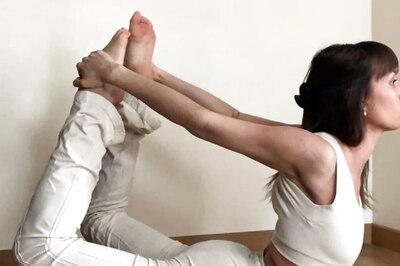
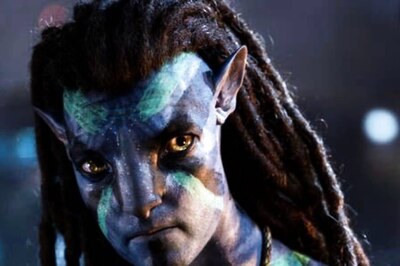
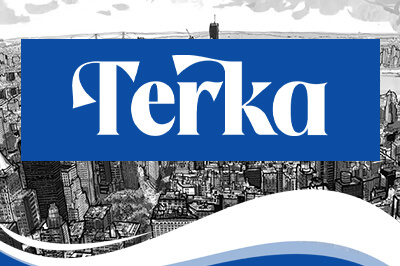



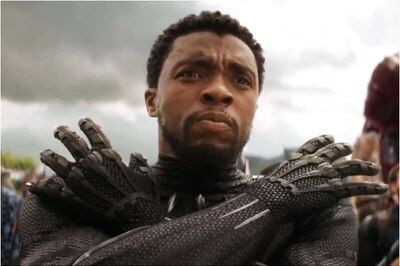


Comments
0 comment